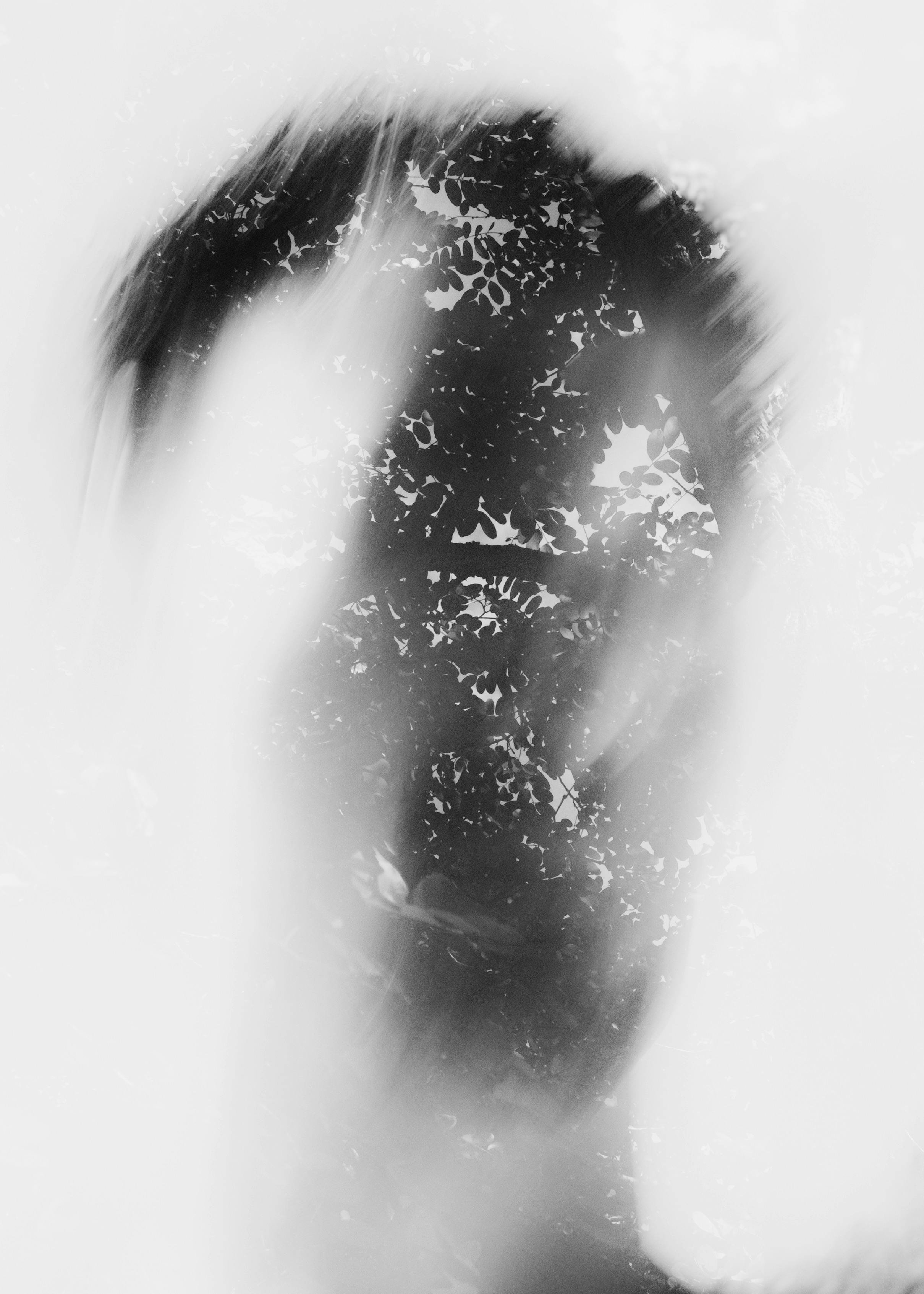The mind isn’t the problem - it’s the hostage
Why Over-thinkers Stay Stuck and Why Real Healing Requires a New Nervous System
There is a particular type of client I meet again and again.
Brilliant. Articulate. Self-aware to the point of exhaustion.
They can map their trauma like a topographical chart.
They can name the attachment pattern, the childhood wound, the inner child, the shadow self, the survival strategy.
They know the story.
They can narrate it beautifully.
Some can teach it.
And yet - they don’t feel any better.
This is the paradox of the high-functioning mind:
The smarter you are, the easier it is to intellectualise your suffering and the harder it is to actually heal it.
We live in a world that rewards thinking over feeling.
Strategy over sensation.
Analysis over embodiment.
And so people get stuck - not because they don’t understand their pain, but because their nervous system still lives in yesterday, even though their mind can describe it in perfect detail.
1. The Body Keeps the Score - But Not the Way Instagram Quotes Think It Does
Trauma isn’t a memory.
It’s a pattern.
A physiological pattern of bracing, anticipating, shutting down, speeding up, dissociating, hypervigilance, numbing, tightening, or collapsing.
Trauma isn’t the past, it’s your nervous system still behaving as if the past is happening.
You can explain your childhood in flawless prose and still flinch when someone raises their voice.
You can know your triggers and still feel your stomach drop when someone doesn’t text back.
You can analyse your attachment style and still panic when someone moves closer… or further away.
Insight doesn’t rewire the body.
Experience does.
2. Overthinking is Not Intelligence - It’s the Brain Filling in for a Body That Doesn’t Feel Safe
Here’s the neuroscience:
When the nervous system perceives threat - real or remembered - it reroutes energy to the cognitive brain as an avoidance tactic.
The thinking mind becomes the bodyguard.
Overthinkers aren’t overthinkers because they’re smart.
They’re overthinkers because somewhere in childhood:
feeling was unsafe
needs were punished
emotions overwhelmed the adults around them
self-expression led to rejection
or soothing was inconsistent, chaotic, or absent.
So they learned the one strategy that worked: stay in your head - it’s safer there. And for a while, it was.
Until it wasn’t.
3. Talk Therapy is a Tool, Not a Destination
This will be controversial to some, but it’s true:
You cannot think your way out of trauma.
You cannot rationalise your way into secure attachment.
You cannot logic your way into peace.
Talk therapy gives understanding.
Understanding gives clarity.
Clarity gives choice.
But healing - actual healing - comes from giving your nervous system a new experience.
You have to:
feel the feeling you avoided
tolerate a discomfort you used to run from
stay present in a moment your body wants to flee
let a safe person meet you where you once expected abandonment
breathe through sensations you fear
allow softness where vigilance once lived
Healing is not “remembering differently.”
Healing is responding differently because your body finally feels safe.
4. Your Nervous System Doesn’t Speak English
It doesn’t care how well you can articulate the past.
It doesn’t care how many books you’ve read.
It doesn’t care how many frameworks you can quote.
The nervous system speaks:
breath
sensation
pattern
repetition
pace
presence
safety
rupture and repair
co-regulation
stillness
movement
timing
You can’t negotiate with it.
You have to experience with it.
This is why so many high-functioning adults feel defective.
They believe they’re failing therapy because they “still feel this way.”
But the truth is simpler:
Your mind healed years ago.
Your body has not caught up.
5. Why the High-Achiever Struggles the Most
The clients I work with - the executives, the lawyers, the entrepreneurs, the over-performers - are often the most traumatised.
Not because their lives were dramatic, but because:
They were rewarded for emotional suppression.
Praised for self-abandonment.
Promoted for burnout.
Celebrated for masking.
They built identities on coping mechanisms and called it personality.
By adulthood, they are brilliant at everything except feeling.
They want to be fixed without being felt.
And that, unfortunately, is impossible.
6. What Actually Heals a Nervous System
Here’s the accessible neuroscience:
The vagus nerve - the body’s primary regulator - learns through experience, not theory.
To heal, you need repeated micro-moments of:
safety
slowness
attunement
breath that reaches the belly
connection that doesn’t punish need
boundaries that don’t end in abandonment
small risks that don’t lead to catastrophe
softness that doesn’t collapse into chaos
This is called neural integration - the process of teaching your body a new ending to an old story.
This is why healing feels uncomfortable: you are trying to convince a frightened nervous system that it no longer needs to fight, flee, freeze, or perform.
7. The Real Reason You’re Stuck
You’re not stuck because you’re broken.
You’re stuck because you’ve been trying to solve a body problem with a mind tool.
You can’t think your way out of a survival state.
You have to feel your way out.
Not dramatically.
Not all at once.
Not through catharsis.
But through tiny, repeated, tolerable shifts
that tell your nervous system:
It is safe to be here now.
8. The Invitation
If you are exhausted by your own analysis,
if your self-awareness has become a cage, if your insight no longer comforts you - it doesn’t mean therapy has failed.
It means you’re ready for the next layer.
The deeper work.
The embodied work.
The work that asks you to be present, not perfect.
Healing isn’t about becoming someone new.
It’s about becoming someone who can finally feel what the old self never could.
And that is where freedom begins.

